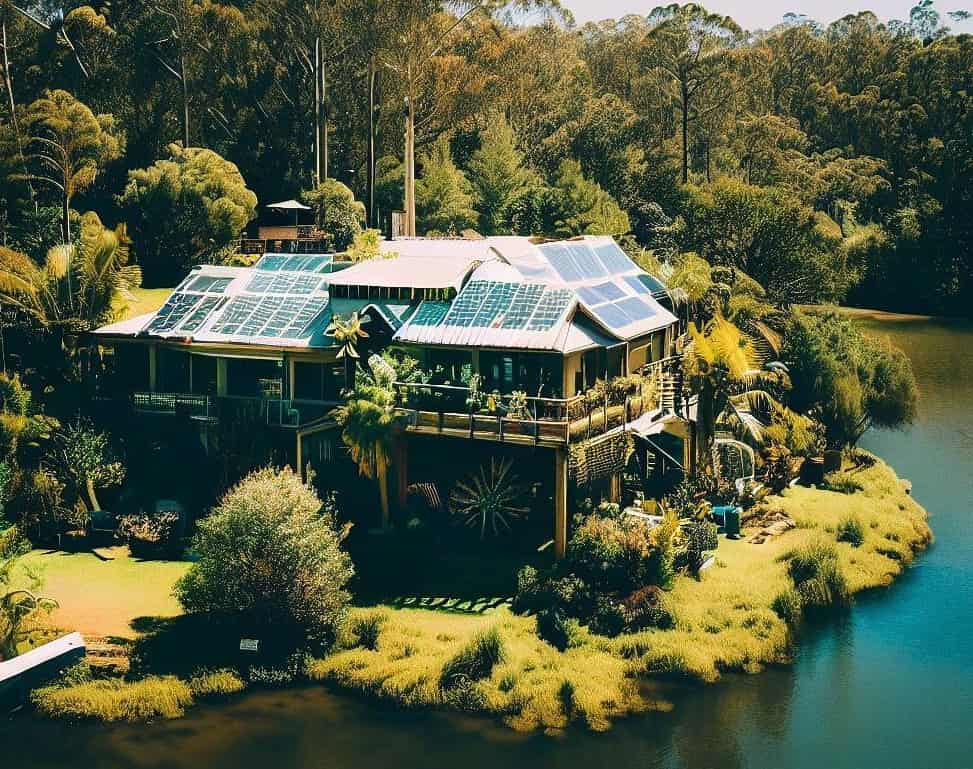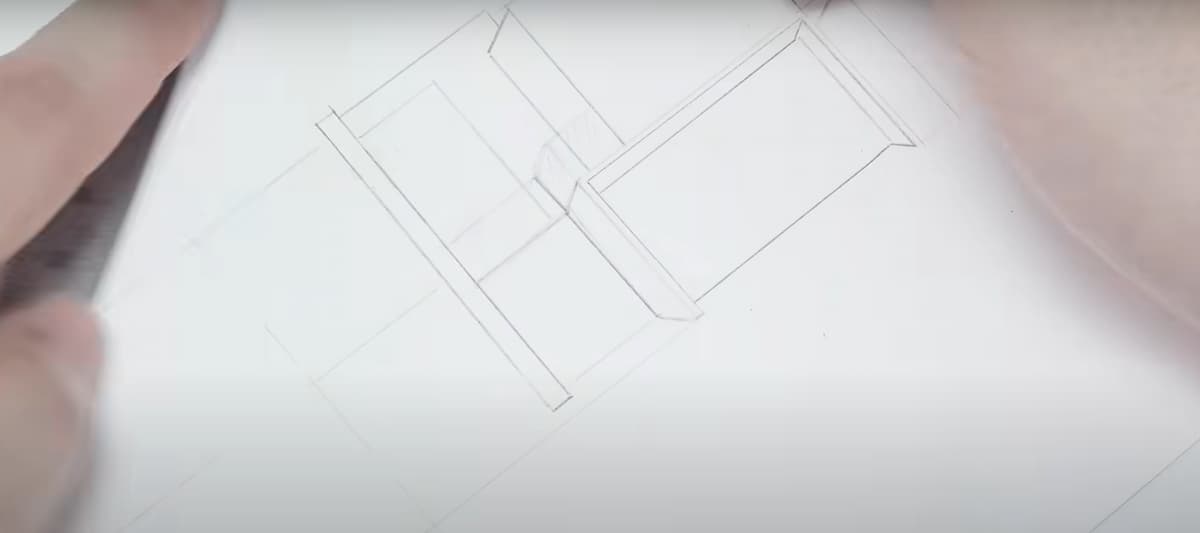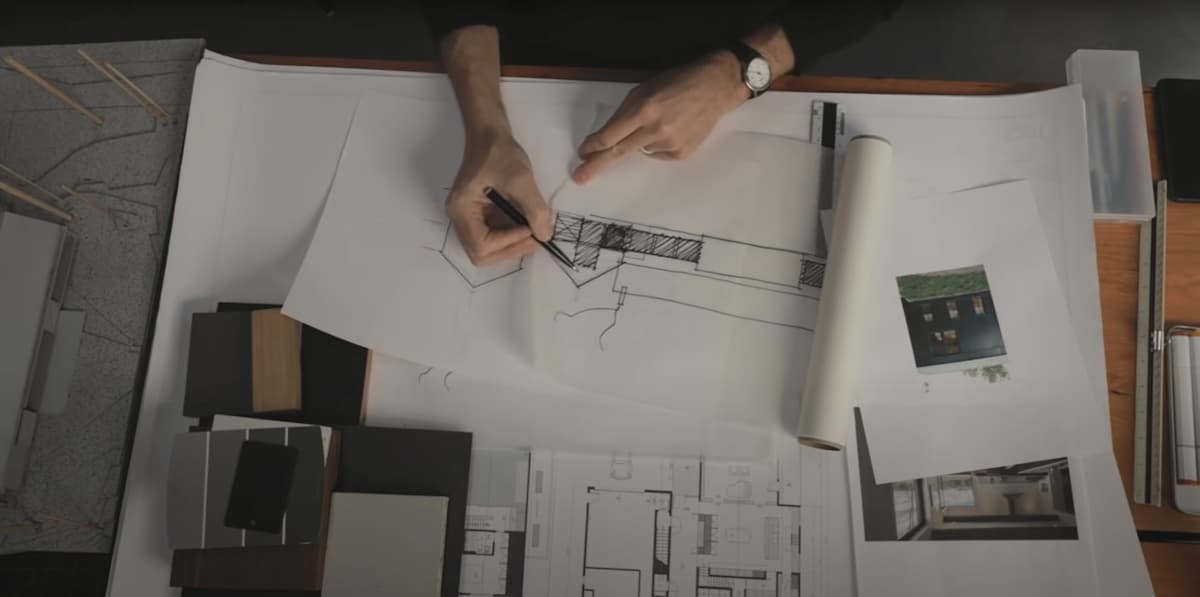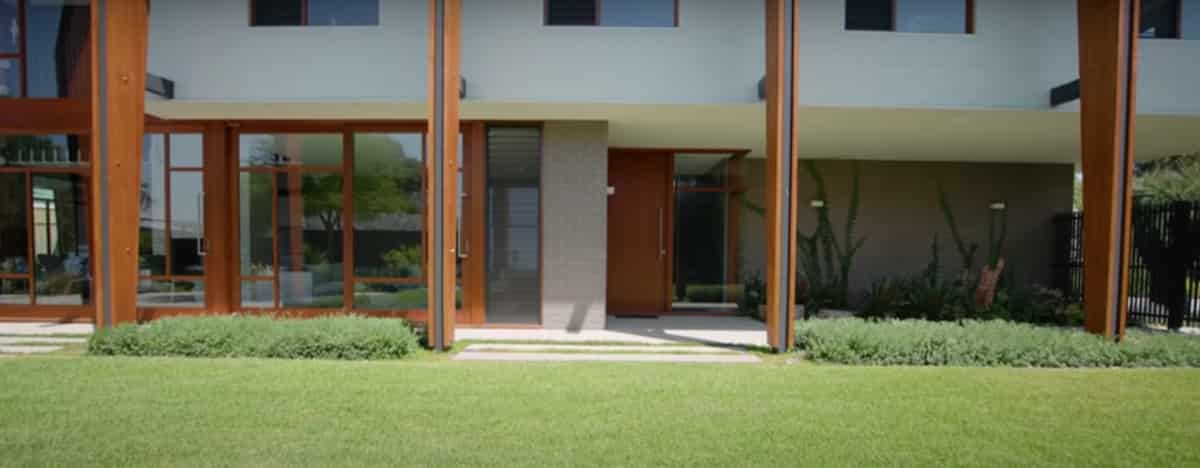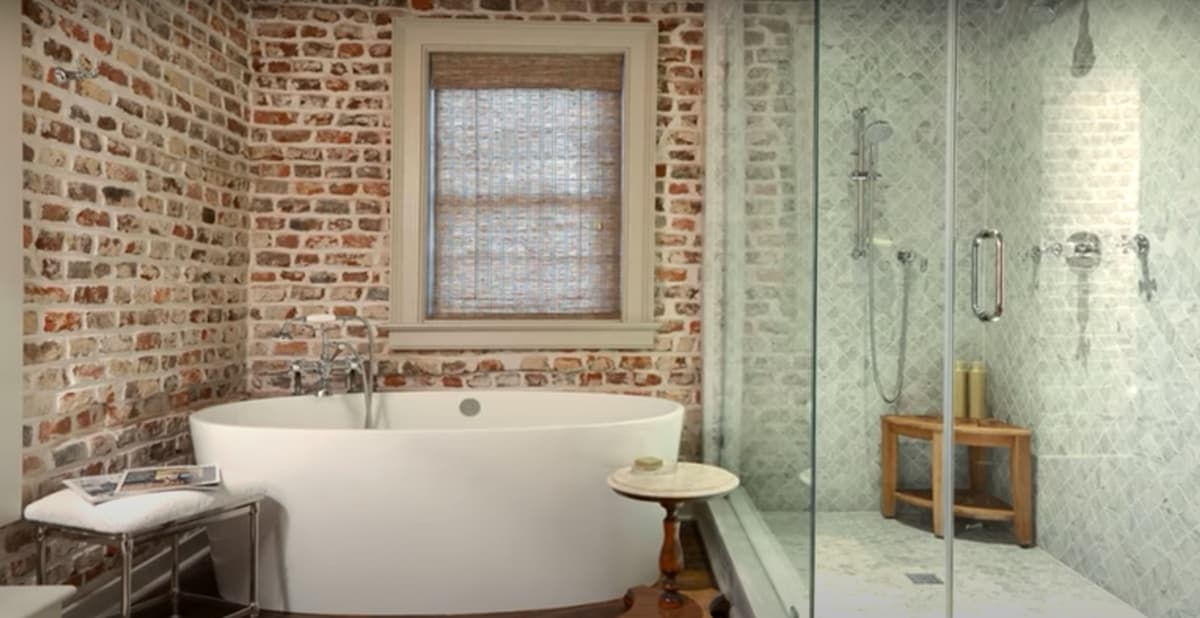
As with anything, there are two sides to every story. So what’s the difference between a block veneer and solid masonry construction? Is one better than the other? We all know that building materials and building techniques have come a long way in recent times. Technology has provided an alternative method of construction called “brick veneering” where exterior walls can be built without having to bother with bricks at all.
Double Brick vs Brick veneer
Brick veneer walls are usually constructed by building a wooden or steel frame and filling it with insulation, before applying cladding. Depending on the requirements of the architect, steel studs may also be used to give additional rigidity to external walls. The space between the cladding and insulation is then filled with lightweight blocks/bricks or some other material that can act as an effective insulator (foam blocks etc).
What does Double Brick Look Like?
In solid masonry walls, the gap between the outer and inner walls is filled with insulation as well. A double brick wall can also contain an air cavity to increase thermal efficiency. While solid masonry walls cannot achieve the same insulative value as solid construction, they still can provide sufficient insulation for most climates.
What does Brick Veneer Look Like?
Once complete, brick slips are attached to the outer surface of this “sandwich” structure. If you think about how long it takes to lay bricks for a traditional masonry wall, you may understand why speed is one advantage of this alternative construction technique.
Of course, the downside to this method is that brick veneer walls do not provide as much rigidity when compared to a traditional masonry wall. As such, external steel studs are often attached to improve overall structural integrity. Also, because of the way these types of walls are constructed, they may only perform well in an exposed position. Brick veneering does not make sense for internal walls since there is no need for insulation and/or vapour barriers under normal circumstances.
Brick Veneer House
Another difference is that a veneer wall does not require planning permission in some locations where a full brick exterior would need approval from local authorities. This makes it easier and faster to build, a great benefit to builders and constructors who typically work on tight deadlines. And less time means lower costs, of course. But still, don’t be surprised if internal walls are solid bricks and exterior walls are brick veneer.
What is Brick Veneer?
A brick veneer looks very much like a real brick wall, but it has several important differences. A brick veneer is not load-bearing, it simply covers the outer layer of an existing structure (usually made of wood) and provides an attractive finish. Brick veneer construction uses insulation as well as moisture barriers to increase efficiency and prevent thermal bridging. Brick veneer (1) Brick veneer construction uses insulation as well as moisture barriers to increase efficiency and prevent thermal bridging.
Double Brick House
If you want to make your home more energy-efficient, consider using solid masonry walls instead of brick veneer. While not as common in new construction, the two-layer wall is just as effective when it comes to providing insulation.
Solid masonry homes have stronger brick walls than most other types of construction and may provide a better foundation for attached objects such as decks and verandas.
Brick veneer is less expensive than solid masonry, but in some cases, it’s possible to obtain a discount on bricks if they’re covered by an outer layer. That said, you may be sacrificing insulation value and wall strength when using brick veneering techniques. And that makes it hard to justify the cost savings.
Brick Veneer Cladding
For example, brick cladding can be used on the outside of a home with steel studs and drywall on the inside. The insulation and vapour barrier in this case is an important step towards increasing energy efficiency and decreasing moisture penetration into the home. A brick veneer wall may typically have a higher insulative value than a masonry wall, but not nearly as high as if bricks were used throughout the entire structure.
Of course, one of the biggest selling points is its visual appeal. Brick veneer walls look exactly like a traditional brick masonry wall, which makes it easy to add architectural style and value to your home without spending too much time or money on construction. In many cases, a masonry wall would simply be impractical from an installation standpoint because it would require a lot of time and labour to install the bricks. Another consideration is that brick veneer walls rarely need planning permission if they are not load-bearing, which means you can save even more money by avoiding those fees as well.
Double Brick vs Brick Veneer Cost
While it is possible to lay a brick veneer wall yourself, most people choose to hire professionals for the job. The added cost of labour may be factored in when comparing prices between solid masonry and brick veneering. While you save on material costs by going with a veneer wall, there are other factors that could be considered when making the decision. So, while solid masonry homes are more expensive up front, there can be significant savings over time thanks to greater energy efficiency and lower maintenance needs (moisture barriers and insulation may prevent freeze/thaw damage and rot).
Double Brick vs Brick Veneer Cost Difference
The bottom line is that when comparing brick veneer homes to solid masonry walls, the latter may almost always be more expensive. However, it’s important to factor in the long-term costs associated with each type of wall construction because there can be a significant saving over time if you choose double brick homes. On average, 1000 bricks can cost anywhere from $200 to $1500.
Difference Between Brick Veneer and Double Brick
When it comes to laying brick veneer, there are several important factors that homeowners may consider before making the decision. Depending on your budget and location, hiring a contractor or doing it yourself may be the best way to go. In some cases, you might not need planning permission for a different type of construction method, which can result in significant savings from both a time and cost perspective.
Regardless of how you choose to improve your home’s energy efficiency, consider all of your options carefully before making a final decision. Doing so may help you narrow down the list into a manageable size that makes sense for your situation, no matter what type of construction project you’re looking at.
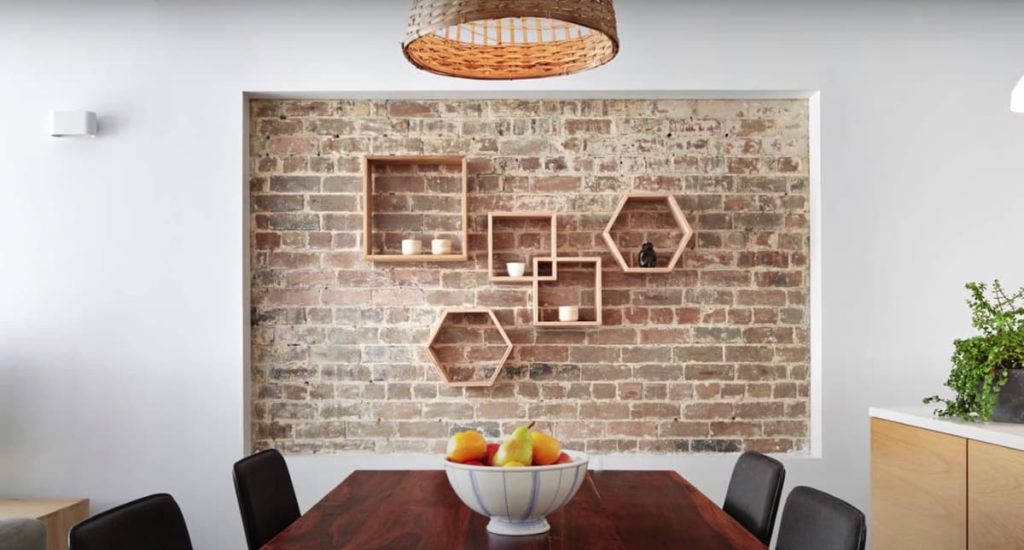
Brick vs Brick Veneer
Take some time to learn about the differences between a double brick home and one with brick veneering. It’s important that you not only review your budget and project goals but find out what exactly each of these steps entails before making a final decision on which one is right for you. Choosing the right construction materials is important.
Once you know all of the facts about both options, it may be easier to make the right choice so that your home can provide enjoyment for years down the road. Be sure to do your research and compare costs before making a final call because there could be significant savings if you choose construction for double brick houses.
What is the Difference Between Brick and Brick Veneer?
The main difference between brick and masonry veneer is that the latter only requires the installation of thin bricks over an underlying wall with no insulation or moisture barriers. This type of construction method has been around for decades, but it wasn’t always known as a veneer method.
Veneering dates back to 1900 when builders started using wooden lath and fibre cement backboards over which they applied a layer of gypsum plaster before adding the decorative tile facings (usually about 1/4″ thick). Today, there are several types of materials used in this process.
Conclusion – Choosing Double Brick or Brick Veneer?
It’s best to compare the cost of brick veneer vs double brick homes when planning any type of home renovation project. While they both provide similar benefits, such as increased energy efficiency and lower maintenance needs, they do so in drastically different ways.
So, while you’ll save on material costs by going with a veneer wall, there are other factors that could be considered before making the final decision, especially if you plan on renovating your entire home or making other changes in the future. Be sure to review your budget and goals carefully before committing to anyone option because using double brick construction may always result in higher upfront costs that can quickly add up over time. Choose the building materials that are best for your house.


